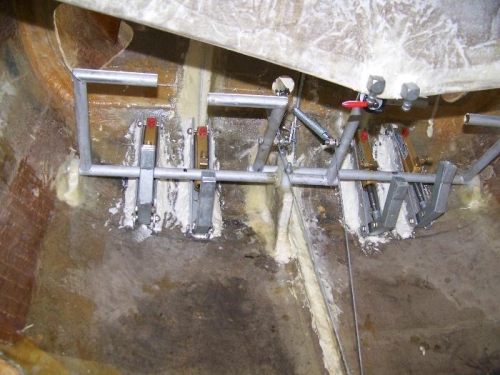Rigged4Flight
Cleared for Takeoff
- Joined
- Jun 11, 2012
- Messages
- 1,105
- Display Name
Display name:
Rigged4Flight
A friend recommended I look at the Pulsar XP as a relatively low(er) cost plane, in regards to maintenance, GPH, etc - and the initial purchase price.
I did some googling, and it appears that the company was doing very well, and then moved to south america and before silently fading into the woodwork. The Pulsar XP was well received, and appears to be a very well designed aircraft (based on reviews/articles).
My biggest question is if I purchase an experimental/homebuilt aircraft, but I'm not the builder, what do I need to do in order to perform maintenance on the plane myself?
A nagging worry in the back of my head is how would I know if the builder was as conscientious as I would want them to be? I'm guessing I would turn an A&P loose on the aircraft to perform the mother of all pre-buy inspections.
Any words of wisdom from people that have been there/done that with purchasing a completed kitbuilt aircraft?
Classifieds: http://www.barnstormers.com/Experimental, Pulsar Classifieds.htm
Review: http://www.pilotfriend.com/experimental/acft5/33.htm
I did some googling, and it appears that the company was doing very well, and then moved to south america and before silently fading into the woodwork. The Pulsar XP was well received, and appears to be a very well designed aircraft (based on reviews/articles).
My biggest question is if I purchase an experimental/homebuilt aircraft, but I'm not the builder, what do I need to do in order to perform maintenance on the plane myself?
A nagging worry in the back of my head is how would I know if the builder was as conscientious as I would want them to be? I'm guessing I would turn an A&P loose on the aircraft to perform the mother of all pre-buy inspections.
Any words of wisdom from people that have been there/done that with purchasing a completed kitbuilt aircraft?
Classifieds: http://www.barnstormers.com/Experimental, Pulsar Classifieds.htm
Review: http://www.pilotfriend.com/experimental/acft5/33.htm
Last edited:




